Picture this: a garden flourishing with vibrant hues of green, an array of colors from various blossoms, and an abundance of fruitful yield.
This captivating vision could be your reality, and it all begins with something seemingly mundane – the pH of your soil.
While it might seem like an unassuming detail, the pH level of your garden soil is paramount in determining your garden's overall health and success.
Understanding soil pH, its measurement, and strategies for adjustment could be your stepping stone towards cultivating a vibrant, thriving garden.
Understanding Soil pH
The term pH stands for 'potential hydrogen' and measures the concentration of hydrogen ions in a solution.
Think about pH as a scale from 0 to 14 that tells us how sour (acidic) or bitter (alkaline) something is, with 7 right in the middle being neutral, just like water.
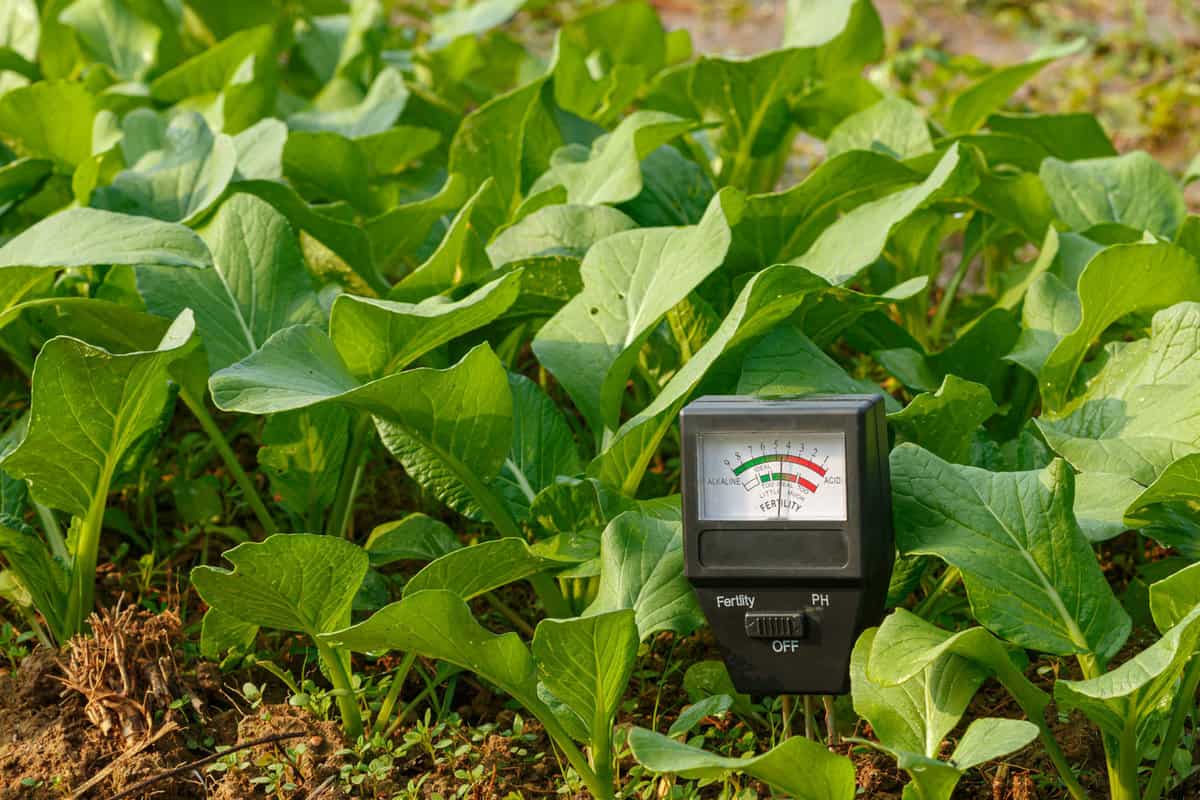
If you see a number below 7, it's acidic, like orange juice or vinegar. If you see a number above 7, it's alkaline, like baking soda or soapy water.
Read more: 15 Essential Facts About Soil PH
Here's the tricky part. Each step on this scale doesn't just add one but makes things ten times stronger. So, if the soil has a pH of 5, it's not just a bit more acidic than soil with a pH of 6. It's ten times more acidic!
This pH level can greatly impact how plants get their food. When the pH is just right, around 6 to 7, it helps the soil have the right kind of nutrients that plants need.
It also helps break down old plant material and encourages helpful tiny organisms to do their job. But if the pH goes too high or too low, it can mess things up.
Plants might not get enough of the nutrients they need or get too much of certain nutrients, which can be harmful.
Testing Soil pH
Testing your soil's pH is a crucial first step in understanding its needs.
Soil pH testing kits are readily available in garden stores and online, providing an inexpensive way to measure your garden's health.
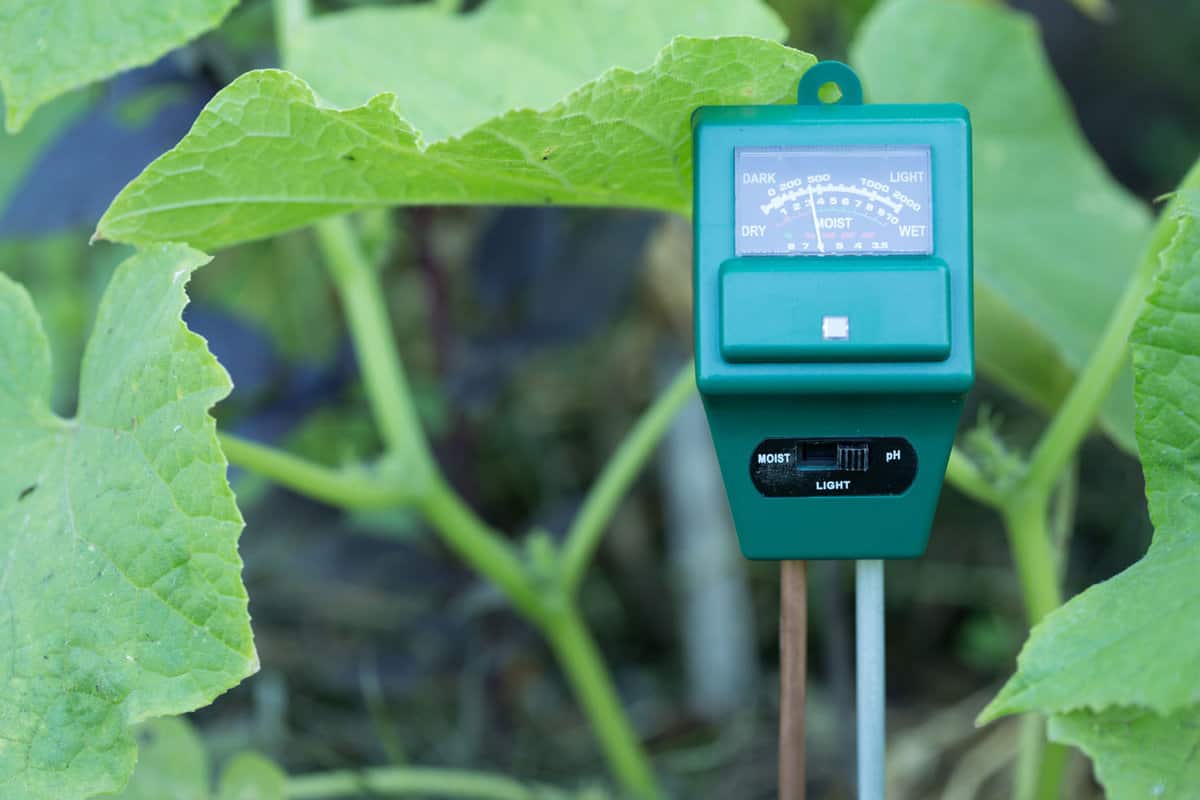
These tests usually involve taking a soil sample, adding a chemical indicator, and then comparing the color change to a pH scale.
However, for a more accurate reading, you can send a soil sample to a professional testing service, which will also typically provide information about nutrient levels and recommendations for amendments.
The Effects of Soil pH on Plants and Microbes
All plants have a preferred pH range where they grow best. Some plants thrive in acidic soil (such as azaleas, rhododendrons, and blueberries), while others prefer alkaline soil (like lilacs, clematis, and asparagus).
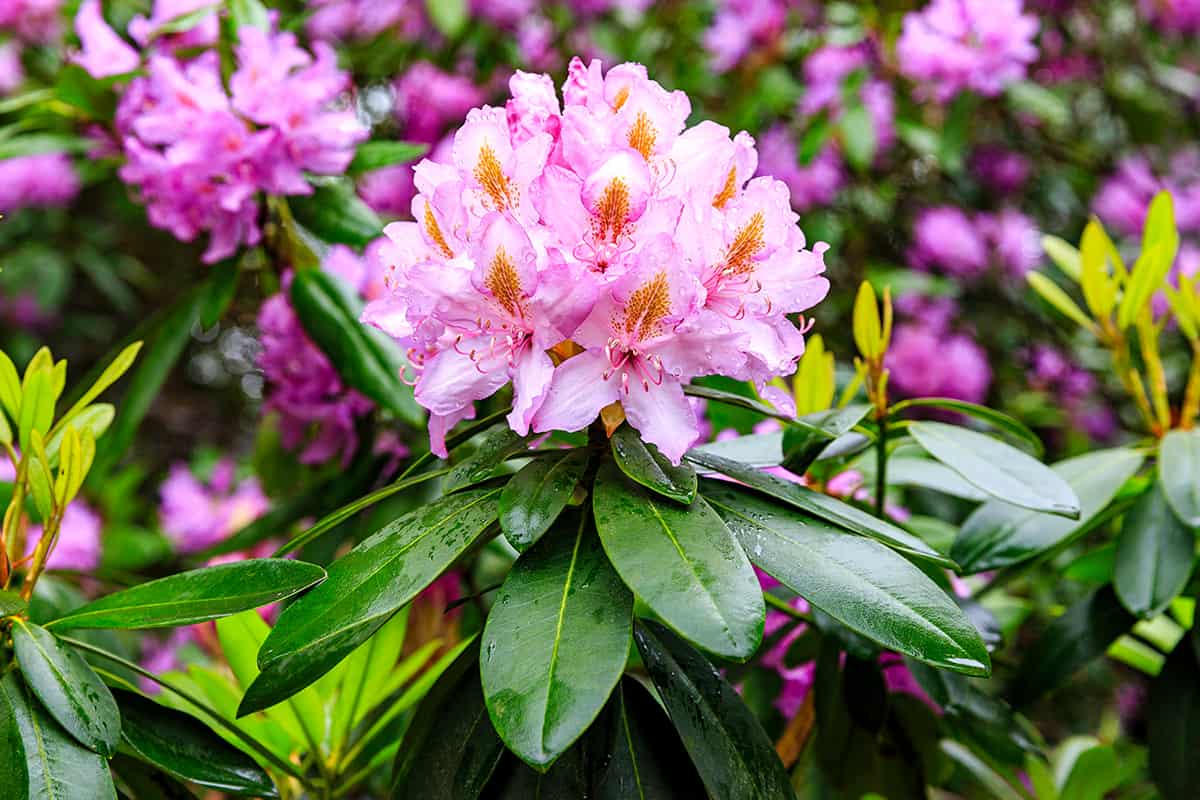
Most vegetables, herbs, and flowers prefer slightly acidic to neutral pH. Understanding your plants' preferences can help you create an optimal growing environment.
Soil pH also profoundly affects soil microbes, the invisible helpers in your garden.
These microorganisms decompose organic matter and transform atmospheric nitrogen into forms that plants can use.
Many beneficial soil microbes, including bacteria, fungi, and earthworms, prefer slightly acidic to neutral pH levels.
When soil pH becomes too high or too low, microbial activity can slow down, affecting nutrient cycling and plant growth.
Modifying Soil pH
To change the pH of your soil, you can use different things. If your soil is too acidic, add lime, which has calcium carbonate.
Lime helps increase the pH and gives plants an important nutrient called calcium.
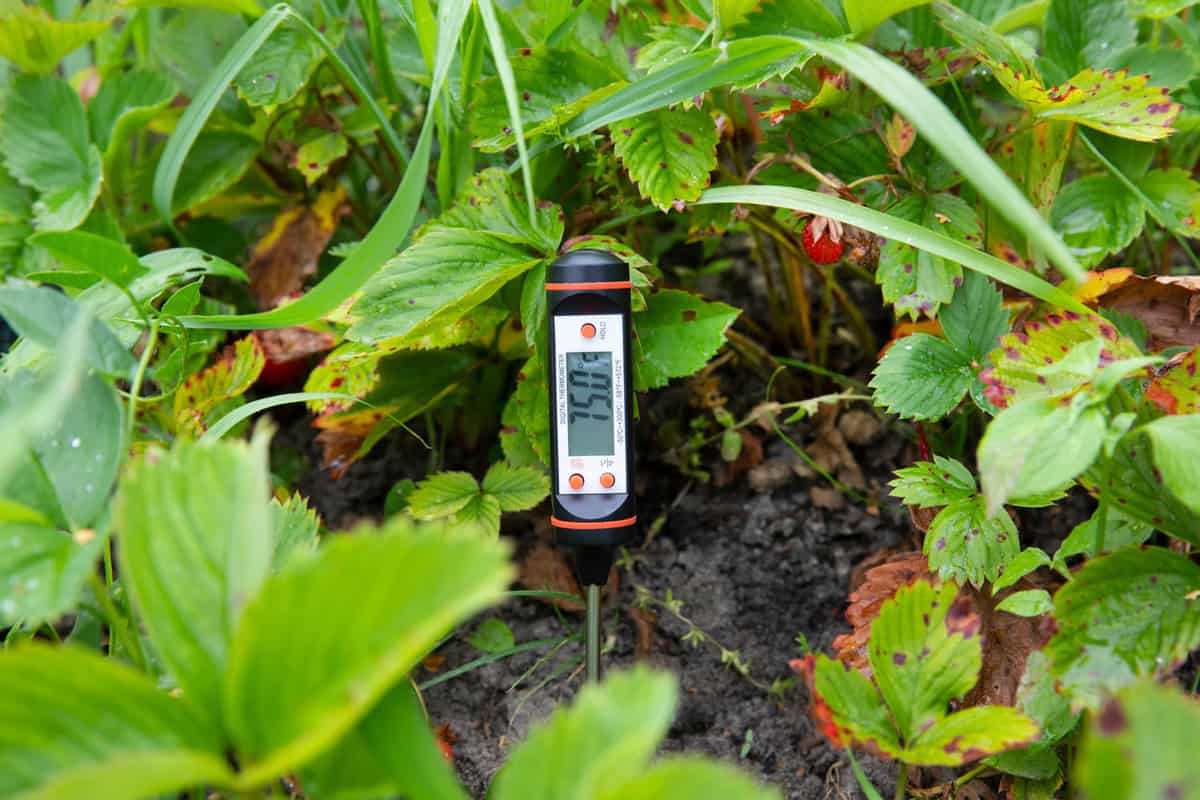
On the other hand, if your soil is too alkaline, you can add things like sulfur or organic matter such as compost or peat moss.
These can help lower the pH. Sulfur needs the help of soil bacteria to turn into a type of acid called sulfuric acid, so it takes time. If you use sulfur, it's best to do it in the fall so it has time to work before the next growing season.
But remember, changing soil pH is something that takes time to happen. It takes time for the things you add to react with the soil and for the pH to settle down.
It's also a good idea to test your soil first to ensure you change the pH. That way, you won't make unnecessary or even harmful changes.
The Bigger Picture: Environmental Sustainability
While managing soil pH is vital for gardening success, it also has broader implications for environmental sustainability.
Acid rain, for example, can lead to soil acidification, which damages ecosystems by leaching away vital nutrients and releasing toxic metals.
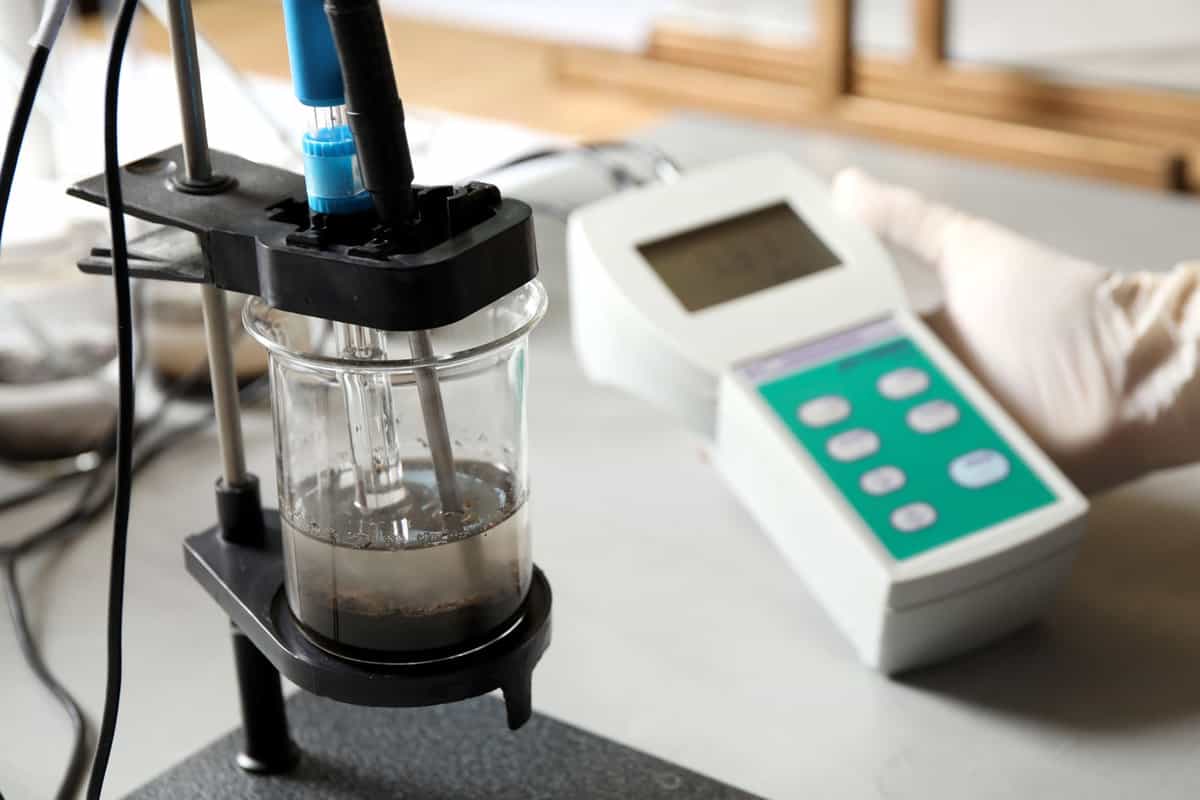
By understanding and managing soil pH, gardeners can contribute to healthier, more sustainable soil ecosystems.
Choosing appropriate plants for your soil pH, amending pH wisely, and using organic matter to feed soil life can create a garden that's not only beautiful but also environmentally friendly.
Health and Sustainability
Soil pH is an integral component of gardening. It significantly influences nutrient availability, plant preferences, and microbial activity in the soil.
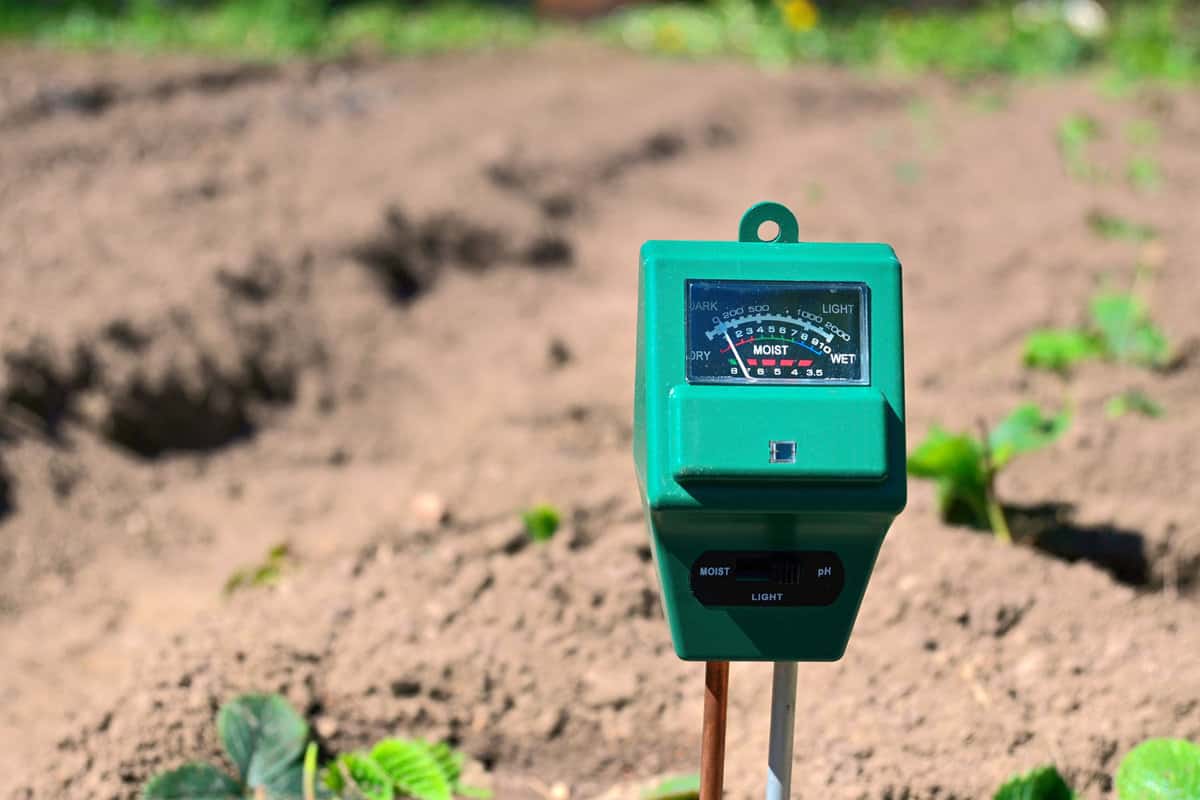
Regularly testing your soil and adjusting its pH if necessary, ensures that your garden stays healthy and vibrant.
Remember, a balanced soil pH contributes to a productive garden and supports the broader ecosystem's health and sustainability.

I need more publication like this